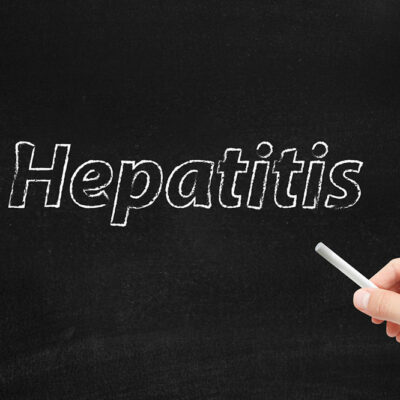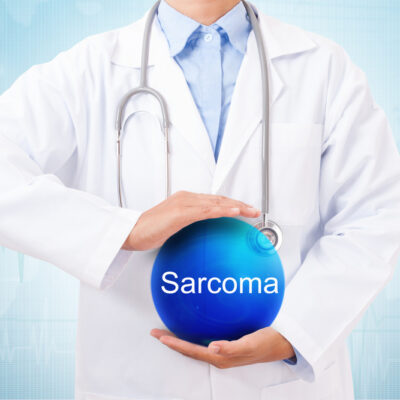
Health
6 Common Triggers of Hyperhidrosis
Hyperhidrosis is a type of disorder that causes excessive sweating, even in unusual situations. A person suffering from this type of disorder may sweat even in cooler temperatures with or without any trigger. Statistics suggest that more than four percent of people in our country suffer from hyperhidrosis. There are several treatment options available to treat the disorder. However, hyperhidrosis can be managed more effectively by avoiding the following triggers: 1. Spicy foods This is the most common hyperhidrosis trigger. While spicy food is palatable, it excites the heat receptors in the skin that cause it to vasodilation, sweating, and flushing. Capsaicin, present in spicy foods, activates the skin’s heat receptors resulting in excessive sweating. Hence, people suffering from hyperhidrosis are recommended to avoid consuming spicy foods and switch to other palatable flavors. 2. Synthetic clothes Clothes made from synthetic fiber like polyester, acrylic, nylon, vinyl, fleece, etc., may be light-weighted and can dry quickly, but they are not breathable. This blocks the airflow to the skin and consequently causes excessive sweating in the case of hyperhidrosis. Switch to breathable, natural fabrics such as cotton, linen, and chambray as they are also non-abrasive. Similarly, it is recommended to wear shoes made of materials that don’t trap the airflow and lead to excessive sweating.
Read More 















